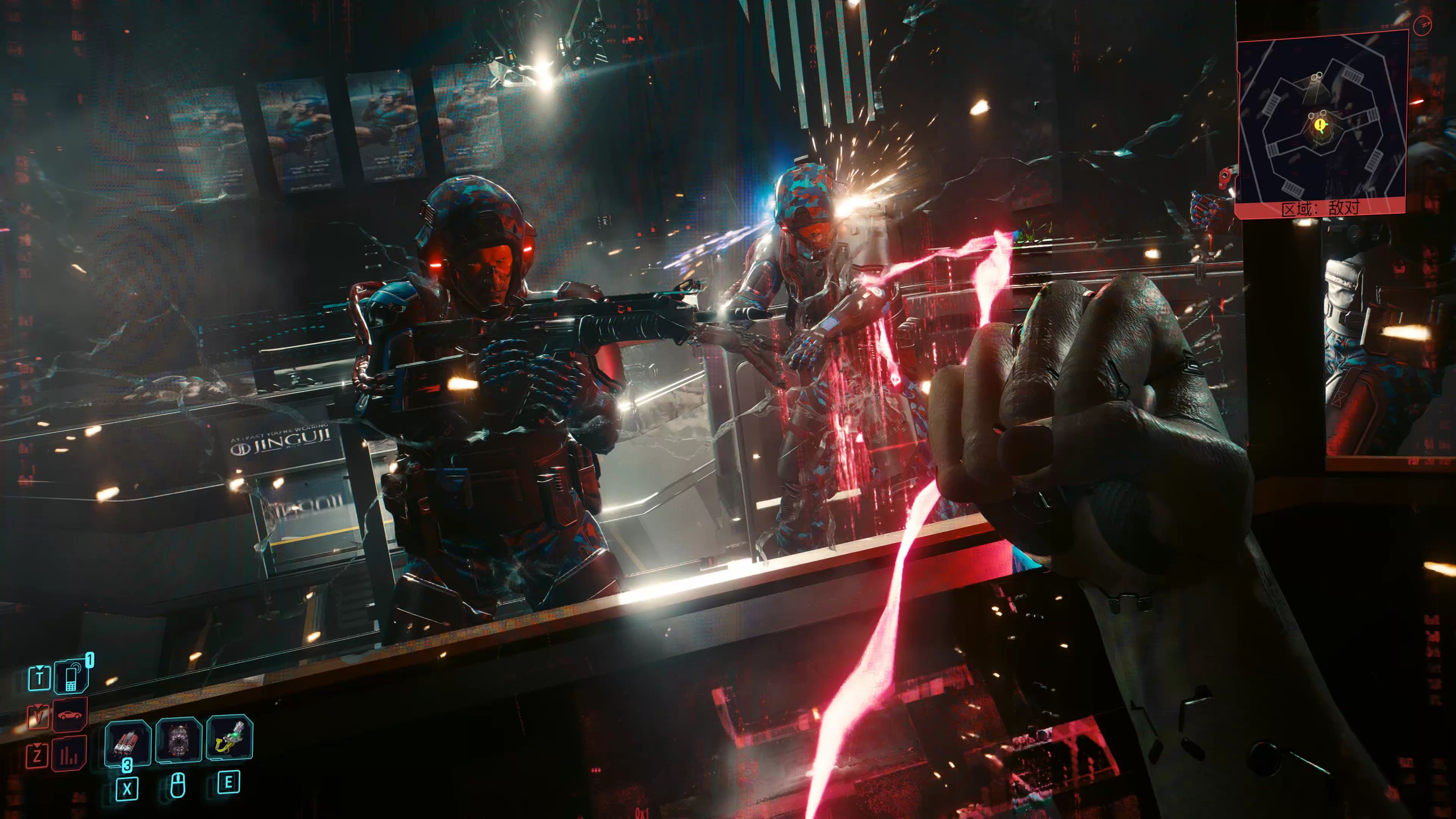The Unforgettable Echo: How Far Cry 3’s Score Defined Its Villain and Open World Legacy
More than a decade after its release, Far Cry 3 remains a benchmark for open-world design. While its lush Rook Islands, fluid gameplay, and player-driven narratives are rightly celebrated, the game’s enduring legacy is inextricably tied to a more subtle, yet profoundly powerful element: its musical score. Composed by Brian Tyler, the soundtrack of Far Cry 3 is not merely background ambiance; it is an active narrative agent. It performs the dual function of giving voice to the game’s iconic villain, Vaas Montenegro, and defining the very soul of its open world, creating a legacy of atmospheric cohesion that few games have since matched.
The Sound of Madness: Scoring a Villain for the Ages
Before Far Cry 3, video game antagonists were often defined by their grand schemes and monstrous appearances. Vaas, brought to life by a mesmerizing performance from Michael Mando, was different. His menace was psychological, a chaotic and unpredictable force of nature. Brian Tyler’s score is the key that unlocks the deepest layers of this character. Vaas is not accompanied by a traditional villain’s leitmotif of ominous brass and minor keys. Instead, his theme is a disorienting, rhythmic, and primal soundscape.
The track "Vaas' Theme" is a masterpiece of psychological scoring. It begins with a deep, almost tribal drumbeat—a heart pounding with rage and fear. This is layered with dissonant strings, distorted electronic whispers, and the faint, haunting echoes of a child’s music box. This sonic cocktail perfectly mirrors Vaas’s fractured psyche. The tribal elements connect him to the savage culture of the island, the electronic distortions reflect his modern, piratical ruthlessness, and the twisted, innocent melody hints at the broken child within the monster. The music doesn’t tell us to be afraid of him; it makes us feel his madness, his pain, and his terrifying worldview from the inside.
This is most potent during his famous "definition of insanity" monologue. The scene is minimally scored, but the faint, lingering dread of his theme hangs in the air, growing in intensity as his rage builds. The music validates his words, making the philosophical point feel visceral and immediate. We don’t just hear his insanity; we feel it through the score. This symbiotic relationship between performance and music elevated Vaas from a great character to a cultural touchstone, demonstrating how a soundtrack could be used to explore a villain’s interiority rather than simply signal their presence.
The Island’s Pulse: Ambient World-Building
Beyond defining its villain, the score of Far Cry 3 performs the critical open-world function of environmental storytelling. The Rook Islands are a paradoxical paradise—stunningly beautiful yet dripping with visceral danger. Tyler’s score captures this duality perfectly, refusing to settle into a single genre. It seamlessly blends ambient electronic music with traditional orchestral arrangements and authentic Pacific Islander influences.
Tracks like "The Rook Islands" and "Further Through The Jungle" provide the world’s ambient heartbeat. They feature ethereal pads, the gentle rustle of naturalistic percussion, and serene melodies that make exploration feel genuinely immersive. This music creates a sense of place, convincing the player that these digital landscapes have a history and a spirit of their own. It’s the sound of a lost paradise.
However, this tranquility is a carefully constructed illusion, perpetually underscored by a latent threat. The music is masterfully dynamic, shifting seamlessly as the player’s situation changes. The serene ambient tracks can erupt into frantic, percussive action music at a moment’s notice—often triggered by the sudden appearance of a tiger, a patrol of pirates, or a skirmish between warring factions. This unpredictability mirrors the core gameplay loop of the open world itself. The music ensures that the player is never truly at ease; even in moments of breathtaking beauty, the potential for chaos is always humming just beneath the surface.

This approach defined a new standard for open-world audio. The environment wasn’t just a visual playground; it was an acoustic one. The score acted as an emotional barometer for the player’s experience, guiding their feelings about the world without resorting to intrusive narration. It was the nervous system of the Rook Islands, connecting the serene vistas to the sudden violence in one cohesive, auditory experience.
A Lasting Legacy: The Ripples in the Genre
The legacy of Far Cry 3’s score is evident in the games that followed, both within and outside its own franchise. It proved that an open-world soundtrack could be more than a collection of heroic fanfares and combat loops. It could be atmospheric, psychological, and deeply thematic.
Future Far Cry games, to varying degrees of success, attempted to recapture this magic by pairing strong villains with bespoke musical identities. The frantic banjo of Far Cry 5’s Hope County and the synth-wave tones of Far Cry 3: Blood Dragon are direct descendants of Tyler’s genre-blending approach. More broadly, it paved the way for games like Red Dead Redemption 2 and The Legend of Zelda: Breath of the Wild, where music is deeply integrated into the environment, reacting to and enhancing the player’s journey rather than just accompanying it.
In the end, Far Cry 3’s score is the invisible thread that ties its most celebrated elements together. It gives Vaas Montenegro his terrifying depth and gives the Rook Islands their unforgettable soul. It demonstrated that in an open world, where player agency is paramount, music could be the one constant guide—a narrator without words, shaping emotion and reinforcing theme at every turn. The definition of insanity may be doing the same thing over and over and expecting different results, but the legacy of Far Cry 3’s audio design is one that the industry, thankfully, has tried to learn from again and again. The beat of Vaas’s drum and the whisper of the island’s wind continue to echo through the genre, a testament to the power of a perfect score.














